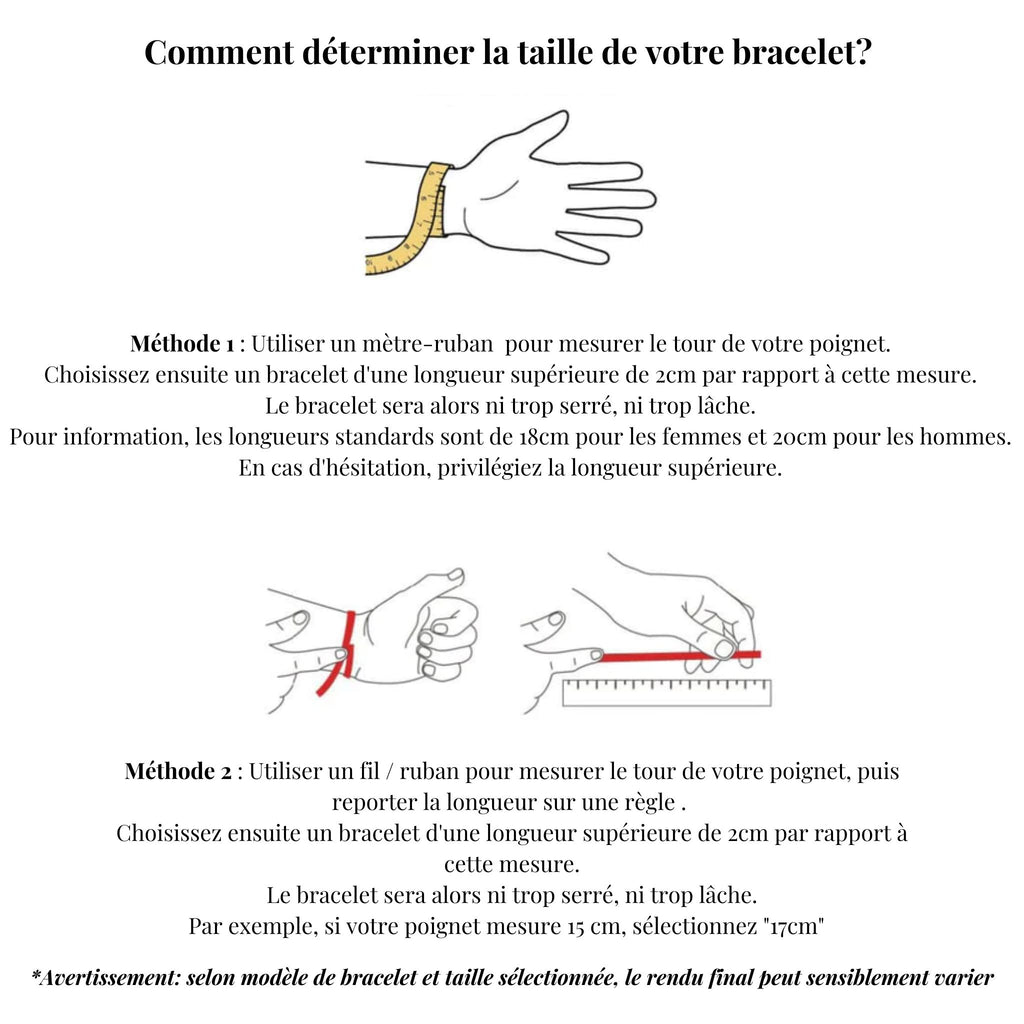Yoga postures of the heart chakra

The heart chakra helps you develop a loving connection with yourself and others. The fourth chakra, or Anahata in Sanskrit, radiates the energy of unconditional love, compassion, empathy, forgiveness and kindness. Its color is green, and it is located in the middle of the chest.
When your heart chakra is open and healthy, you have a sense of oneness and transcend the duality of the physical world.
The heart center acts as a bridge between the ego (lower 3 chakras) and the spirit (upper 3 chakras).
So, what are the benefits of yoga for your heart chakra?
Adding yoga to your daily routine is a perfect way to relax and align all the chakras in your body.
There are many yoga postures (asanas), which can be used for individual chakras, but keep in mind that ultimately they will bring many benefits to your body as a whole.
Yoga is a great way to work the heart chakra, as certain physical postures (asanas) will allow you to open your chest and shoulders.
Yoga also improves the circulation of oxygen in your body (the main element of the heart chakra is air), as most yoga poses involve working with your breathing.
A yoga practice that focuses on opening the heart center and chest will help you activate this chakra.
Some of my favorite yoga poses for the fourth chakra are:
Standing Back Bend – Anuvittasana

Let's start by introducing this yoga posture suitable for beginners, which can be used as a basis for other, more complex back postures.
The standing back pose is known to be a warm-up yoga pose to prepare the body for more difficult yoga poses. Anuvittasana allows the body to increase its energy and is normally used in flow yoga sequences.
Standing back pose is excellent for opening the front of the body and strengthening the lower back.
The standing back pose teaches the mind to trust and get rid of fear, anxiety and stress.
Camel pose - Ustrasana

Camel Pose is an easier and more accessible version of Wheel Pose. It stretches the entire front of the body, the quadriceps and opens the chest and shoulders.
Camel Pose also helps you develop better posture because it increases spinal flexibility. It allows you to get a deep spinal stretch without having to use your arms to support your body weight.
Camel pose opens your body and mind. It allows you to connect directly to the energy of your heart chakra.
If you feel safe, drop your head back, close your eyes and breathe deeply. Feel your attention shift from mild physical and mental discomfort to intensive emotional cleansing of your heart.
Wheel Pose – Urdhva Dhanurasana

Wheel Pose is a powerful yoga pose that requires a lot of strength and determination. This posture requires the greatest effort of the body and mind to lift up and form an arch.
It increases spinal mobility and opens the chest and shoulders.
The key to this pose is to use your legs to pull your pelvis forward toward your feet.
Until you are flexible enough to do Urdhva Dhanurasana without tiring, do not push yourself into this pose.
Remember to only lean back as far as you naturally can. Treat this yoga pose with the respect it deserves at all times.
Cobra Pose - Bhujangasana

The cobra pose is often performed during a yoga sequence. It promotes spinal mobility, strengthens the back muscles and opens the front of the body.
Cobra Pose is an energizing back position that reduces tension and anxiety. It also helps strengthen and shape the shoulders, stomach and buttocks, which helps relieve sciatica.
The Cobra performed with bent arms is often called Sphinx Pose or Half Cobra. You can start with this variation before moving on to the full Cobra pose.
Dancer pose | Natarajasana

Dancer Pose is one of the most dynamic standing postures in yoga. You need to be incredibly agile and able to move your body in such a way that your arm can reach over your back and your hand supports your foot.
This is a stunning backbend that opens your heart, tests the limits and versatility of your legs, and teaches you to focus. Each person's versatility determines the effectiveness of this pose.






















